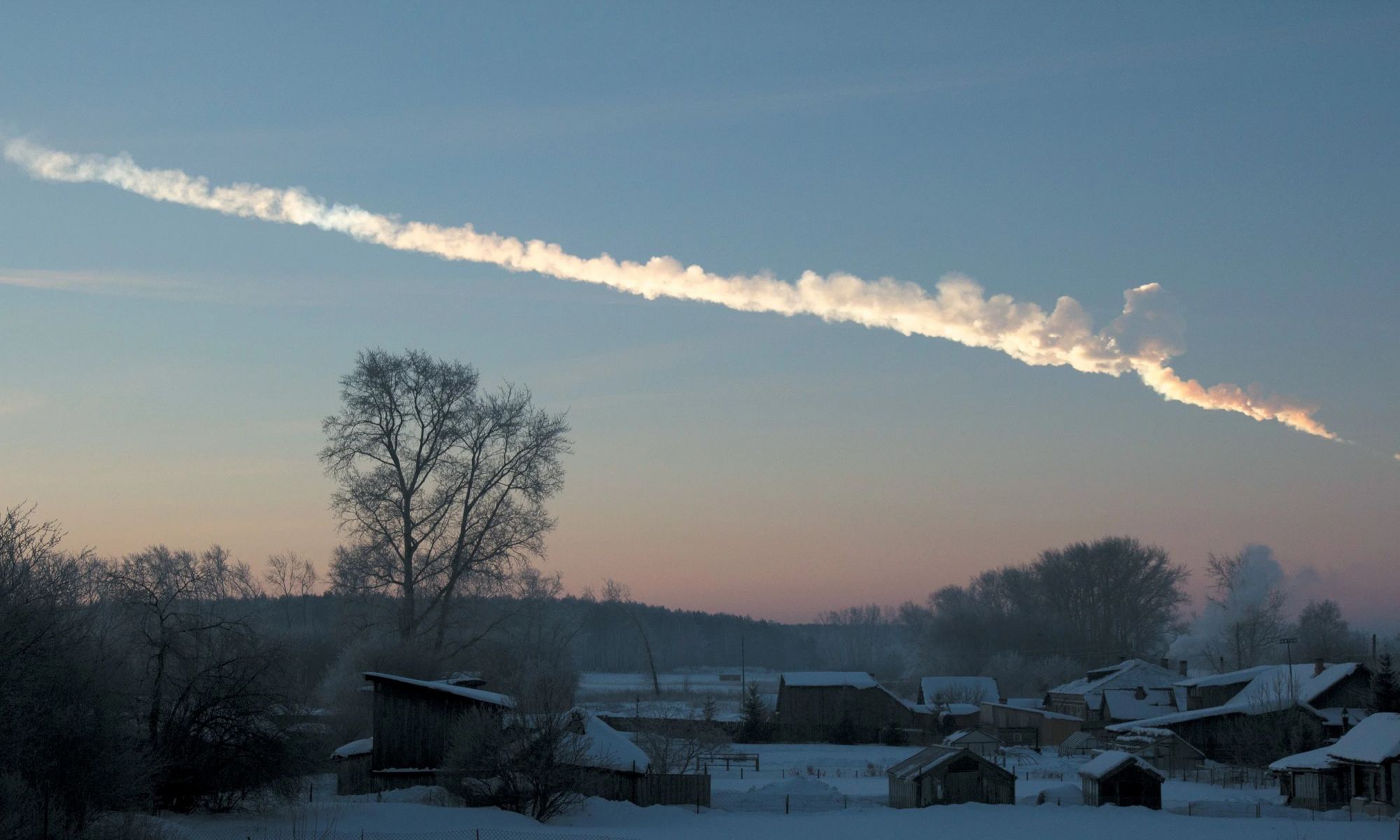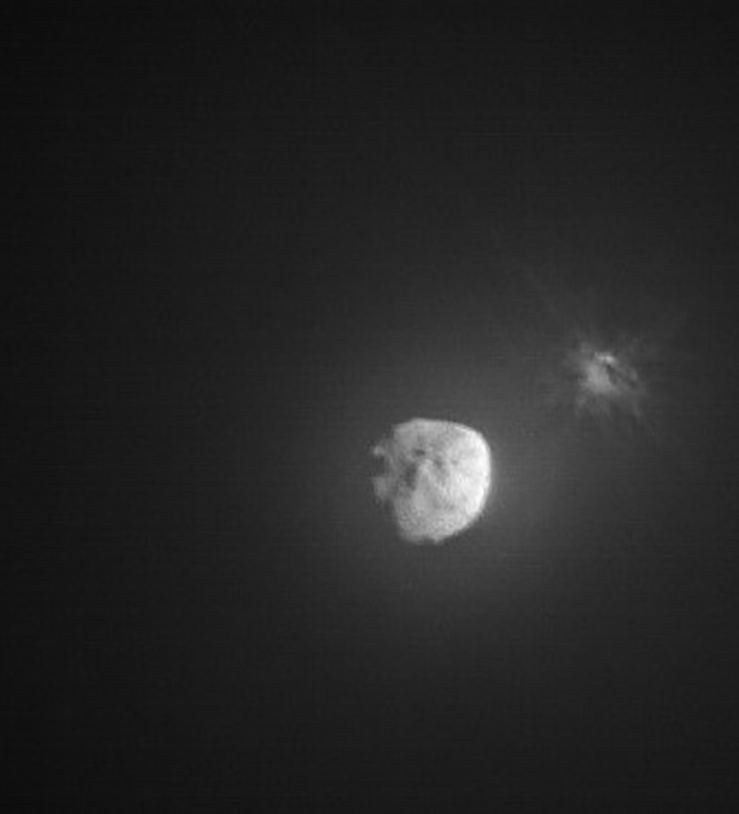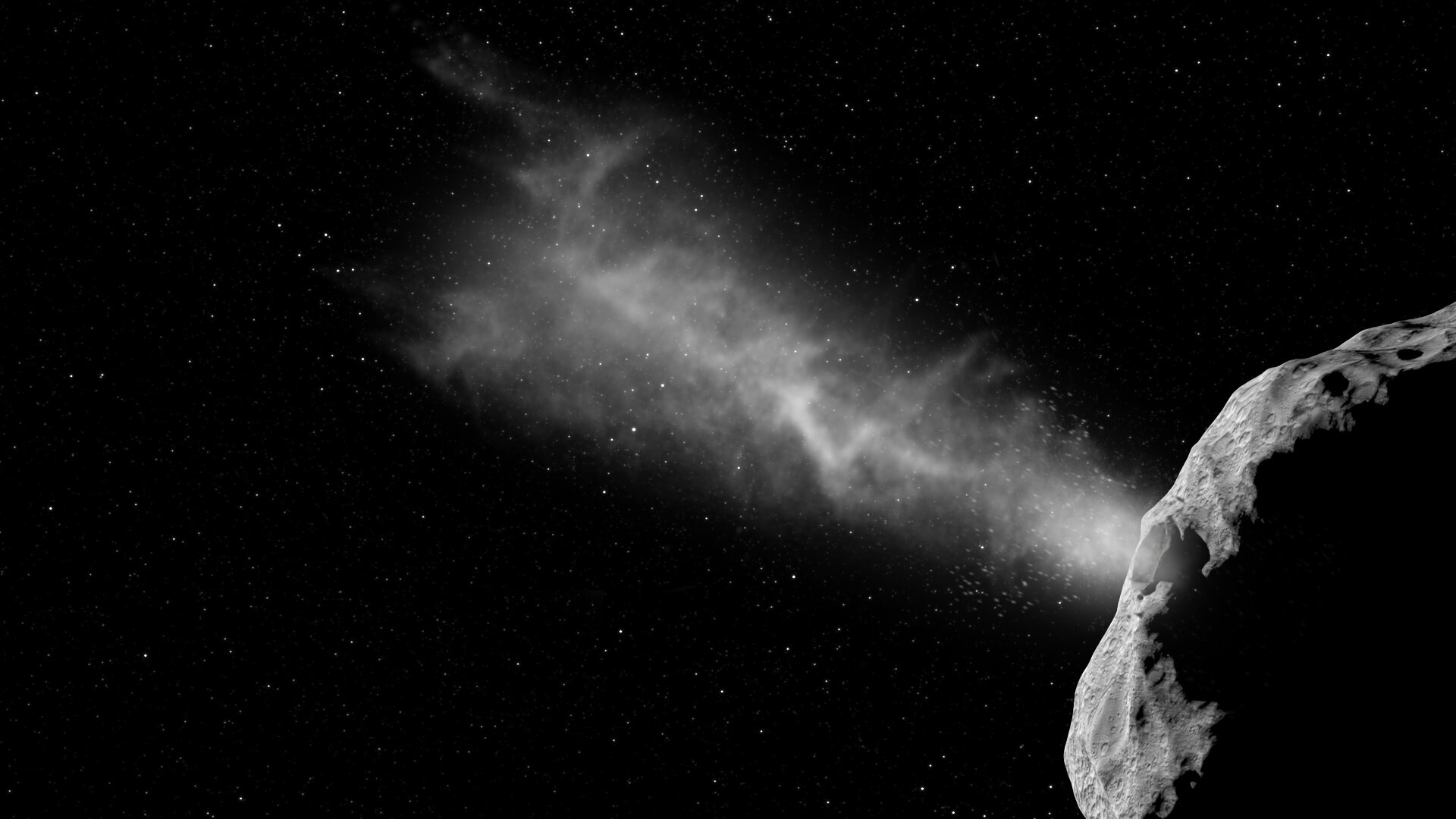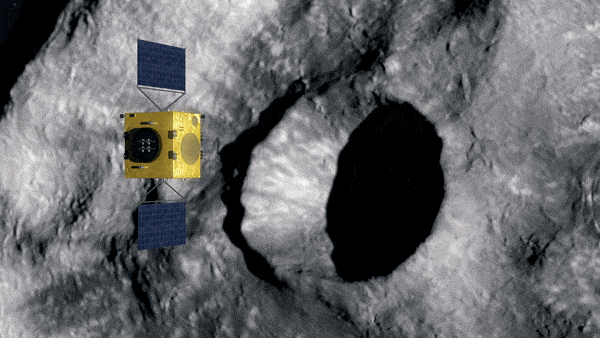Every year on June 30, Asteroid Day marks the anniversary of a meteor airburst in 1908 that leveled hundreds of square miles of Siberian forest land. But a more recent meteor blast — and a new plan for getting advance warning of the next one — is receiving some added attention for this year’s Asteroid Day.
The first-ever Schweickart Prize, named in honor of Apollo 9 astronaut Rusty Schweickart, is going to a researcher who has proposed a system for spotting potentially threatening asteroids coming at us from a difficult-to-monitor zone between Earth and the sun. It was just such an asteroid that blew up over the Siberian city of Chelyabinsk in 2013, spraying debris that injured about 1,500 people and caused an estimated $33 million in property damage.
The proposal from astronomy Ph.D. student Joseph DeMartini calls for setting up a consortium of ground-based observatories, anchored by the Vera C. Rubin Observatory in Chile, to focus on the twilight sky just after sunset and just before sunrise. Those are the times of day when astronomers have the best chance of finding sunward near-Earth objects (NEOs) that spend much of their time within Earth’s orbit.
“It’s a very interesting proposal that we hope gets picked up,” Rusty Schweickart said.
Continue reading “Happy Asteroid Day! Schweickart Prize Spotlights Planetary Defense”






